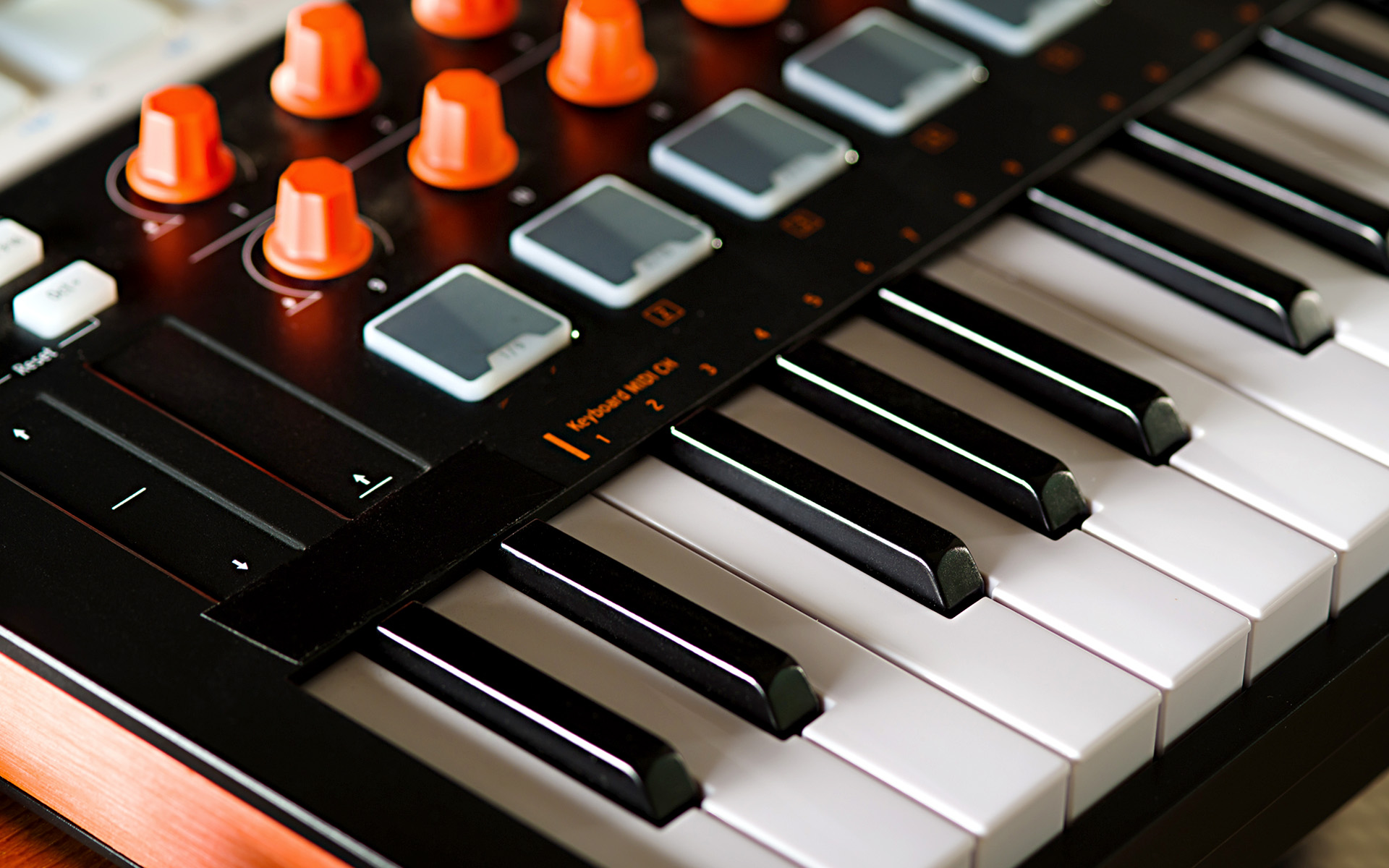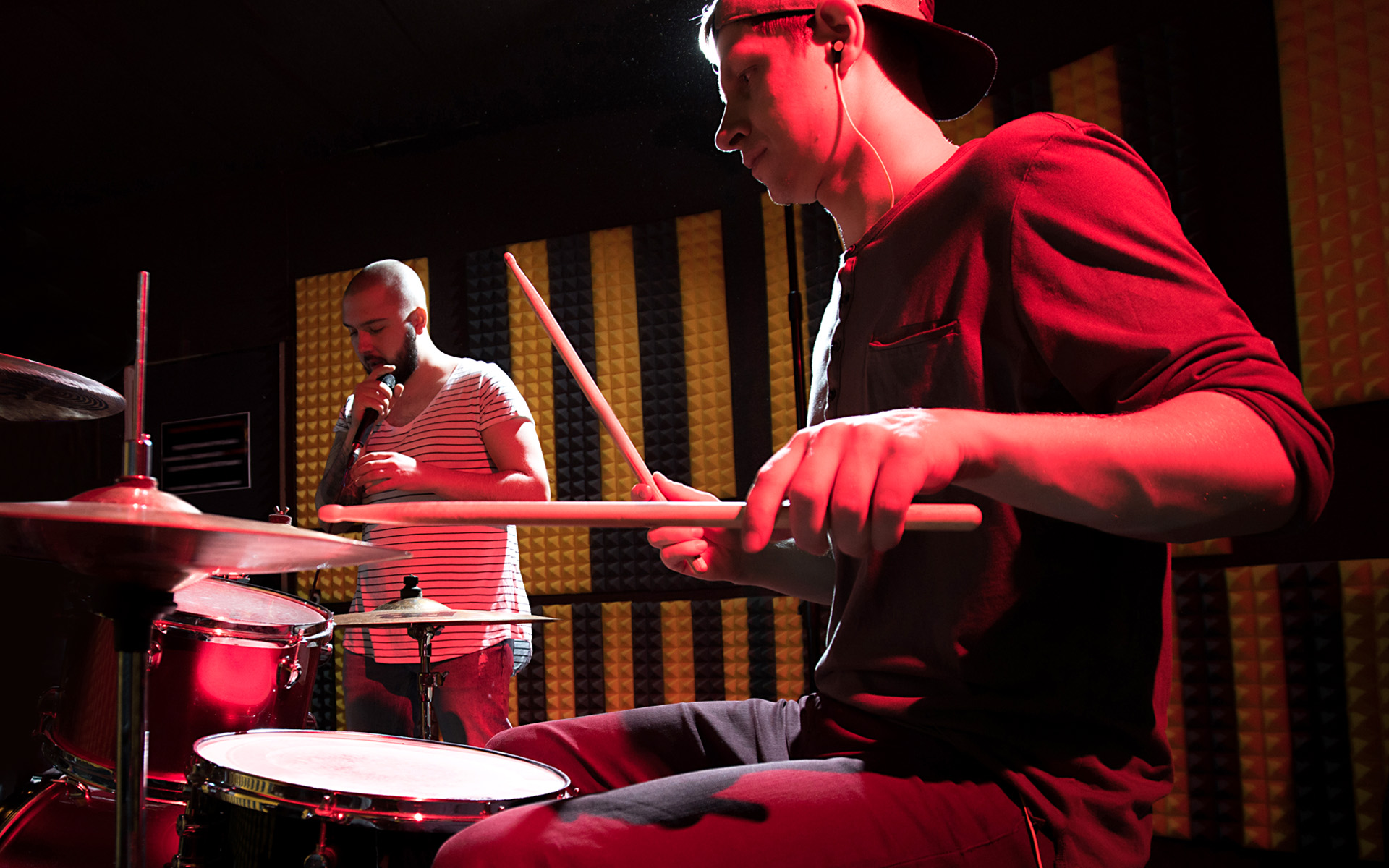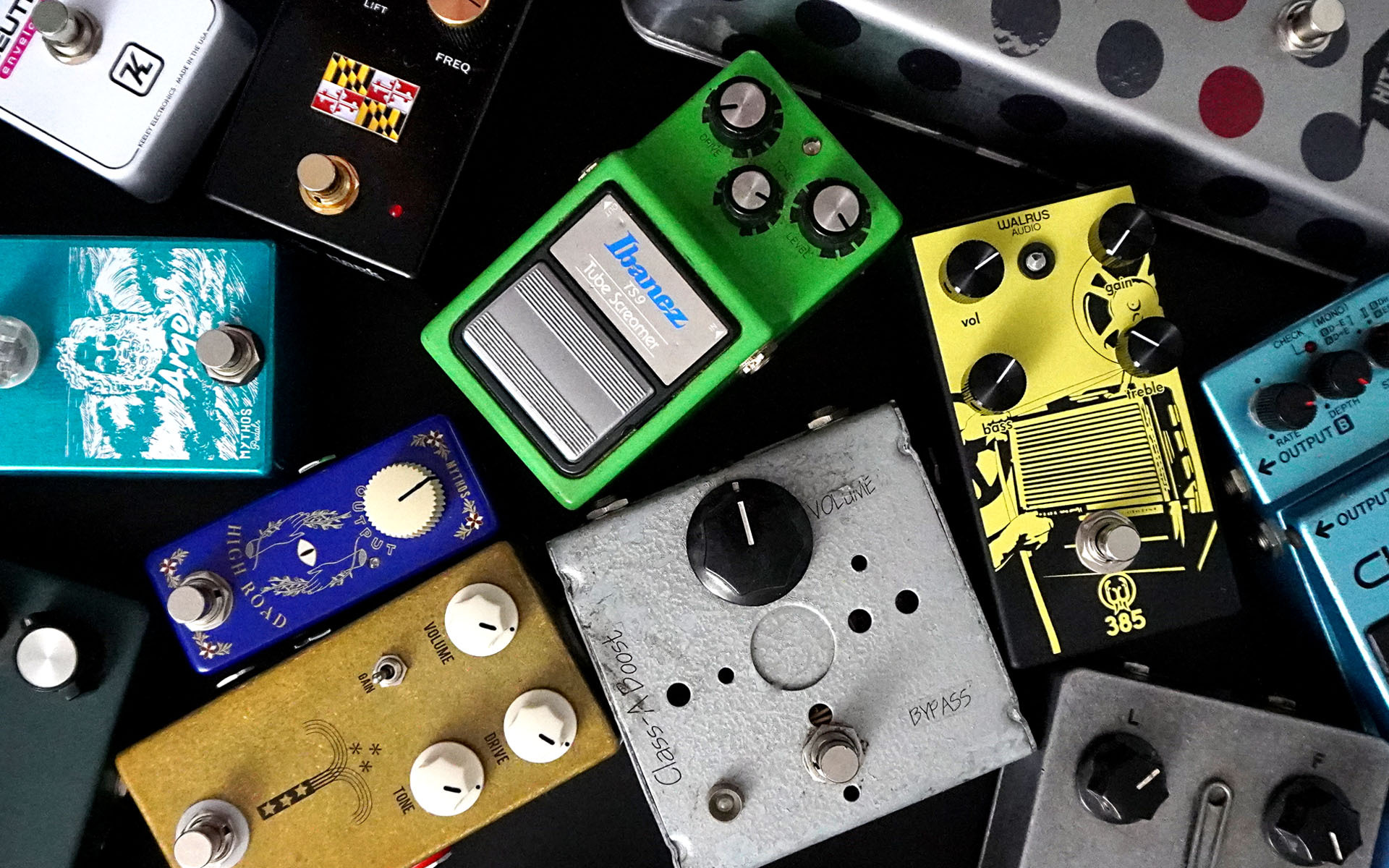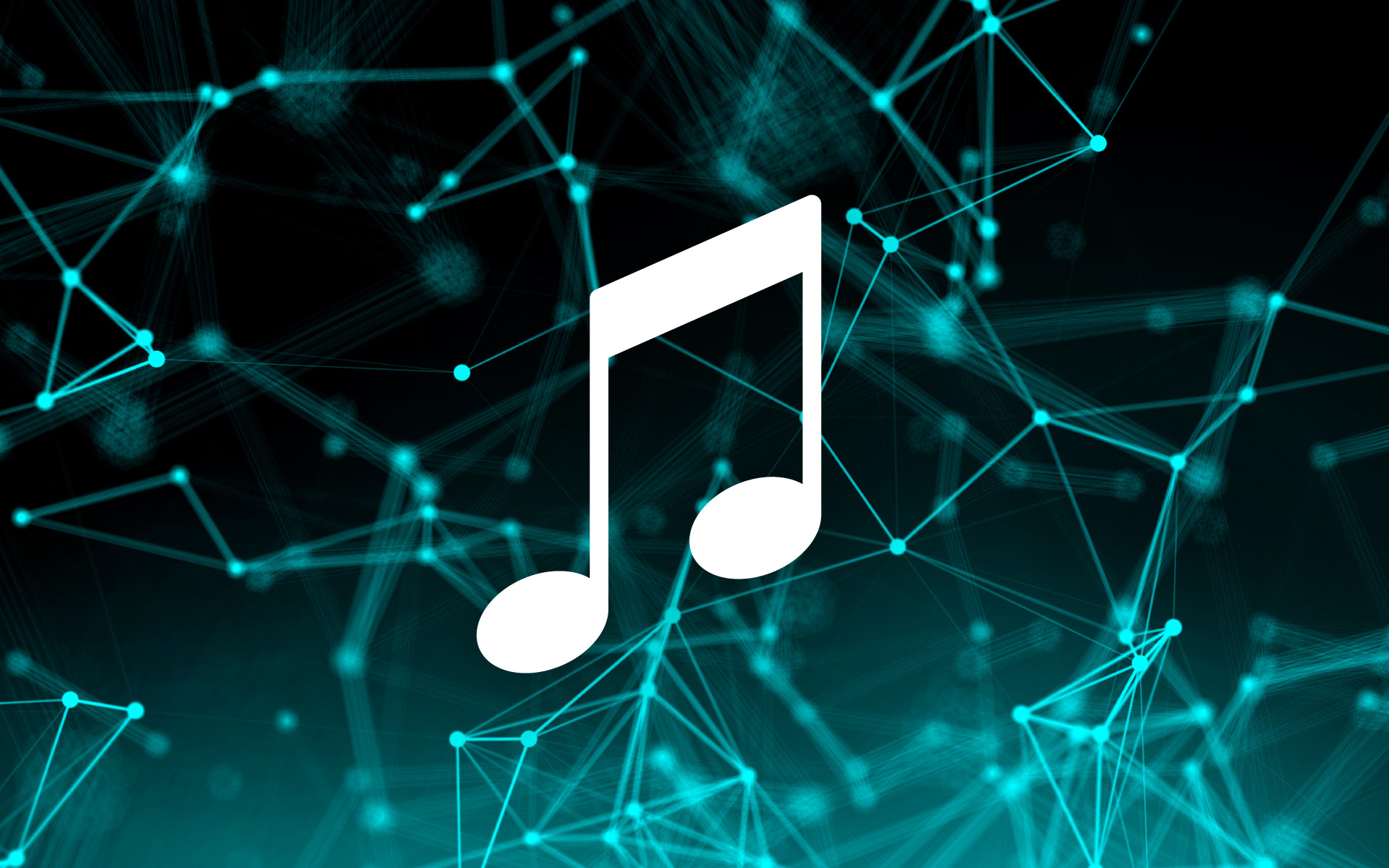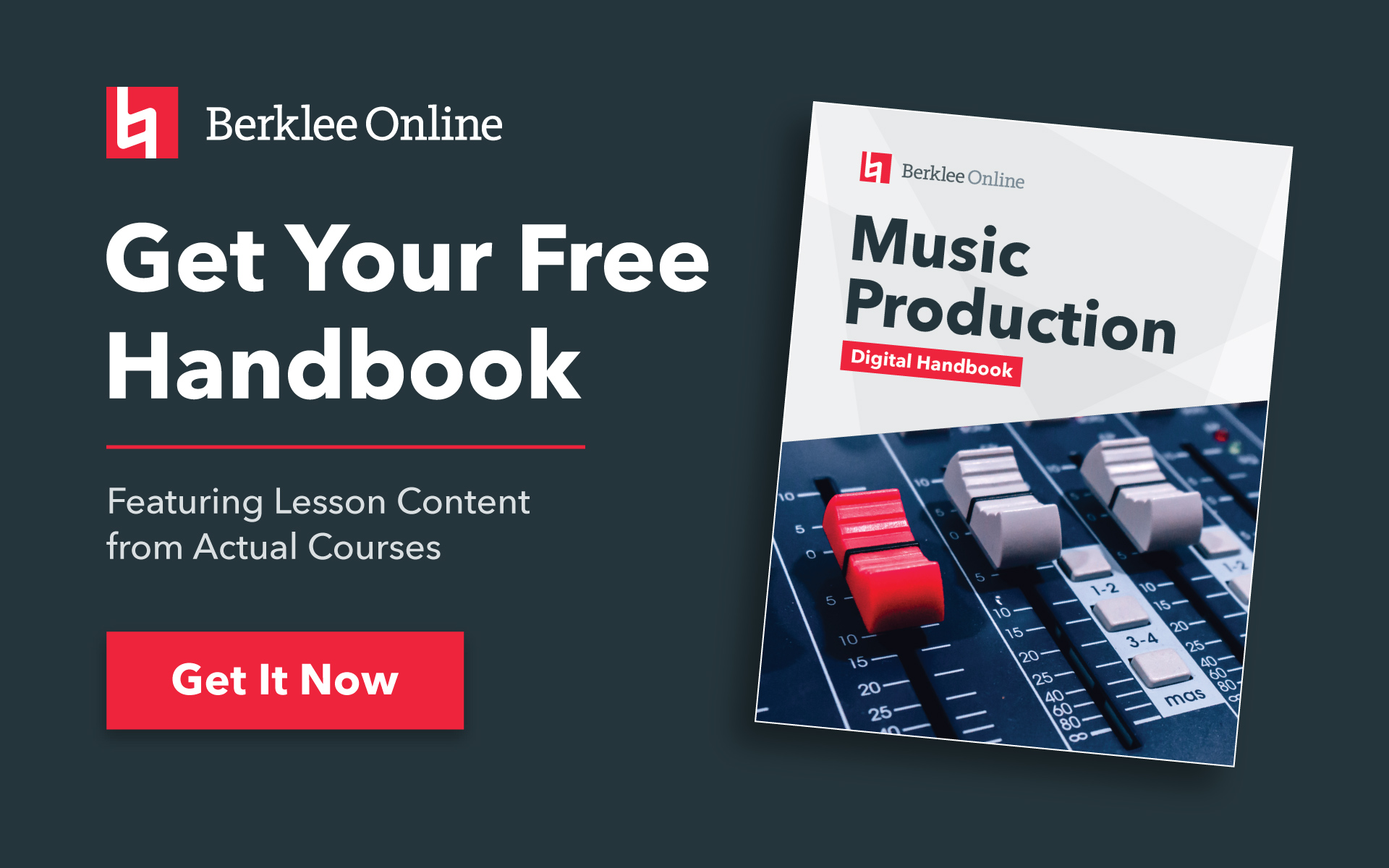What is a MIDI Controller?
The following information on MIDI controllers comes from Berklee Online’s brand new Knowledge Base, a platform for students by the Support Staff at Berklee Online. This article was authored by Tom Barry and Tyler Dack.
MIDI controllers are an essential music production and education tool. A MIDI controller is a piece of hardware that transmits MIDI data to MIDI-enabled devices. Most often, but not always, controllers are connected to a computer or a synthesizer. While traditionally MIDI data was transmitted over 5-pin MIDI DIN cables, now the data is frequently transmitted via USB, allowing controllers to be connected to a computer without any additional hardware.
Controllers allow users to input note information, as well as manipulate other properties of a sound, such as volume, panning, filter frequency, etc. Some controllers may be geared towards use with a particular DAW, so it is worth considering the software you plan to use the controller with when weighing your options.
MIDI = Musical Instrument Digital Interface
MIDI stands for Musical Instrument Digital Interface, and is a technical standard for transmitting musical data digitally. MIDI data does not contain any audio, but instead defines parameters that allow the audio to be produced by a software instrument. These parameters include everything from what notes are played, when they start/end, the attack velocity, etc. By changing the software instrument that is interpreting the MIDI information, you can get wildly different sounds from the same data.
Keyboard Controllers
The most commonly used type of MIDI controller is a MIDI keyboard controller. Keyboard controllers have a piano keyboard (ranging from 25 to a full 88 keys). They often also have faders, pads, or knobs that can be used for note entry or to control various parameters. Some features, such as weighted keys or aftertouch, may not be found on all keyboard controllers, so it’s important to verify that any controller you are looking to purchase contains all the features you need.
What to Consider Before Purchasing a MIDI Controller
When purchasing a MIDI controller, there are a variety of factors worth considering, including:
Number of Keys
MIDI controllers come in a variety of sizes, ranging from 88 keys to a compact 25 keys. If you are a piano player, or plan to use your MIDI controller to compose music with notation software, a controller with a higher key-count may be more suited to your needs. If you are using your MIDI controller to input single-line melodies into a DAW like Ableton Live, or are looking for a portable option, a smaller key-count may be more appropriate.
Key Type
MIDI controllers come with different types of keys, including weighted, semi-weighted, and unweighted. Users accustomed to the feeling of a real piano may prefer a MIDI controller with weighted keys, whereas those unfamiliar with playing piano may have no preference. It is worth noting that key type is one of the biggest factors in determining price, with fully-weighted keys being the most expensive.
Connectivity
Consider how you want to connect your MIDI controller to your machine. The majority of MIDI controllers manufactured today pass MIDI signals through USB, so they can be connected to most modern computers with ease. However, some MIDI controllers may only send MIDI through a 5-Pin MIDI DIN cable; if you wish to use a controller that only contains 5-Pin MIDI outputs, you may need to purchase a separate MIDI interface or an audio interface with a MIDI input.
Pads and Other DAW Control Features
Some MIDI controllers come with drum pads and additional control features like knobs, sliders, and buttons. These may not be useful for composing music in notation software like Finale or Sibelius, but can be crucial for triggering samples or writing automation in a DAW like Ableton Live.
STUDY MUSIC PRODUCTION WITH BERKLEE ONLINE
Using Other Types of Keyboard Instruments as a MIDI controller
Some keyboard instruments—such as digital pianos or keyboard workstations—are not MIDI controllers, per se, but they can still function as MIDI controllers. This is often pretty easy to set up, and will generally allow you to use the keyboard as a controller for note entry only. However, the downside of using a MIDI capable keyboard instrument as a MIDI controller is that you may not be able to use the other controls on the instrument, such as faders and knobs, to transmit MIDI information. If you only plan to use your controller to input notes, then using a keyboard instrument you already have may be completely sufficient for your MIDI needs.
Berklee Online Support Staff on Their MIDI Keyboard Controller Picks
The Berklee Online Support Staff are always experimenting with the latest technology and coaching students on what products will best fit their needs. As of 2024, these were some of the different models they were enthusiastic about.
Entry-Level MIDI Keyboard Controller: Novation Launchkey 49 MK3
A great entry-level MIDI keyboard controller is the Novation Launchkey 49 MK3. It is also available in 25, 37, 61, and 88-key models. It integrates particularly well with Ableton Live, though it also integrates with other DAWs. It’s also worth noting that students enrolled with Berklee Online can get Novation MIDI controllers for 25 percent off. See our Student Deals page for more information about obtaining that discount.
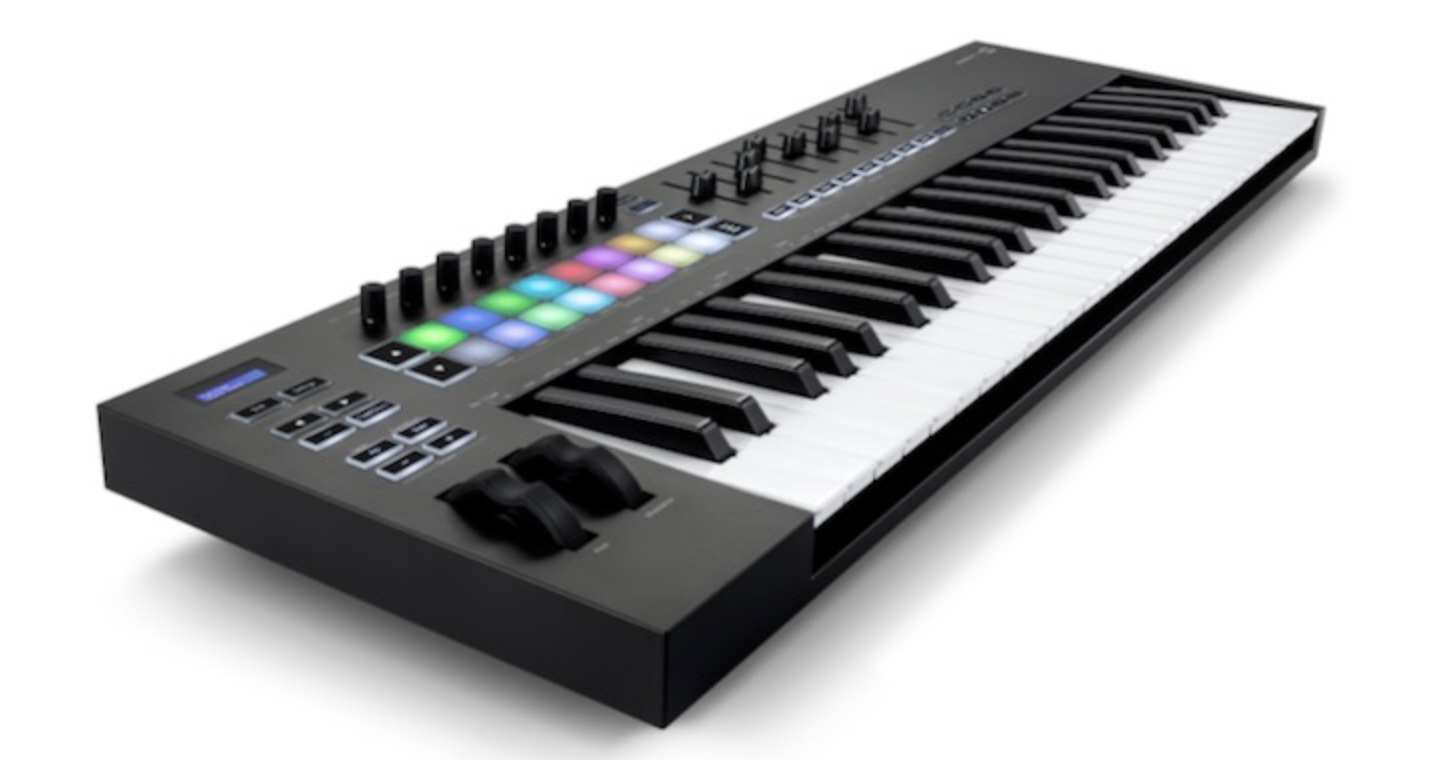
Notable feature include:
- 16 RGB backlit velocity-sensitive pads
- 8 knobs
- 9 faders
- 5-pin MIDI out connection (in addition to USB MIDI connection)
- Arpeggiator
- Pre-mapped buttons for Ableton Live features, such as scene launch and capture
Mid-Tier MIDI Keyboard Controller: Arturia Keylab 61 mkII
The Arturia Keylab 61 mkII is a fantastic option at a mid-tier price point. It has great connectivity options and integrates very well with Arturia’s Analog Lab and V Collection software collections, as well as most major DAWs.
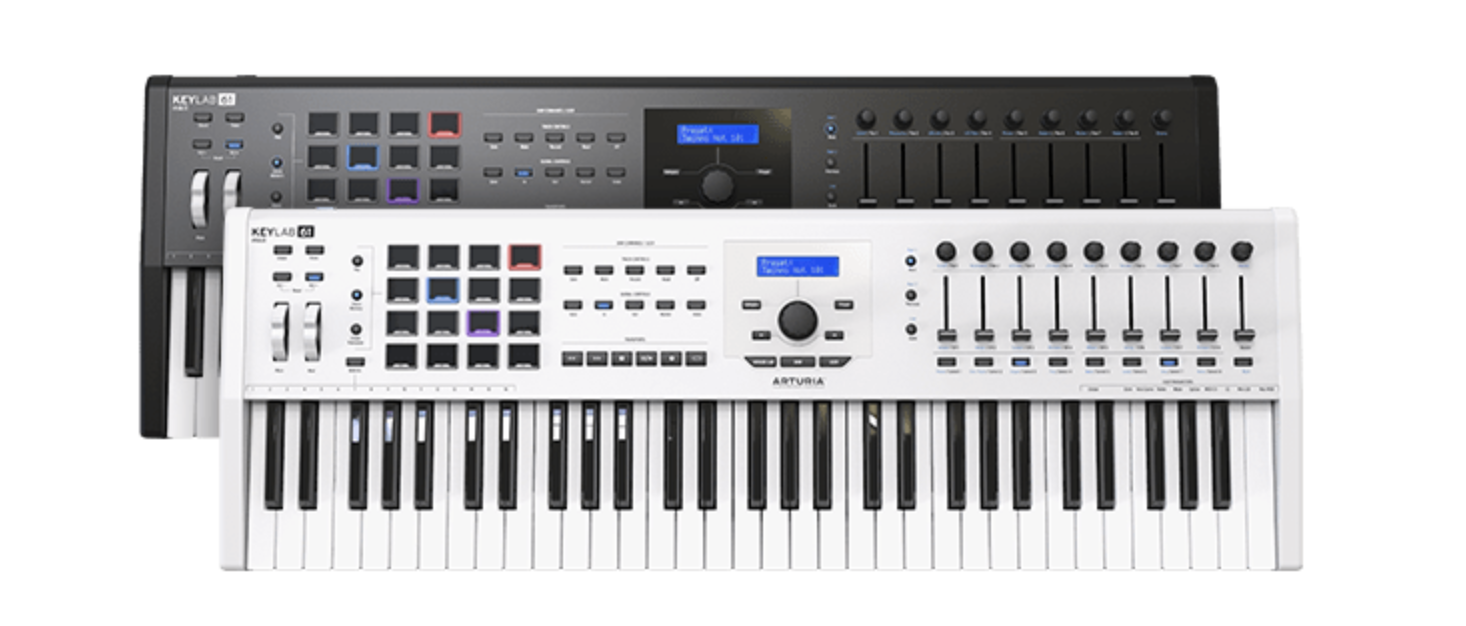
Notable features include:
- Aftertouch
- 4 CV outputs (for use with hardware or modular synths)
- 5 expression control inputs
- MIDI DIN In/Out (in addition to USB MIDI connection)
- 16 backlit, velocity sensitive pads
- 9 “endless” rotary encoders
- 9 faders
Top-Tier MIDI Keyboard Controller: Komplete Kontrol S88 MK2
One of the best high-end MIDI keyboard controllers available is the Native Instruments Komplete Kontrol S88 MK2, particularly for users of Native Instruments Komplete. While it comes in 49 and 61 key models also, the 88-key model is the only one that features hammer-weighted keys.
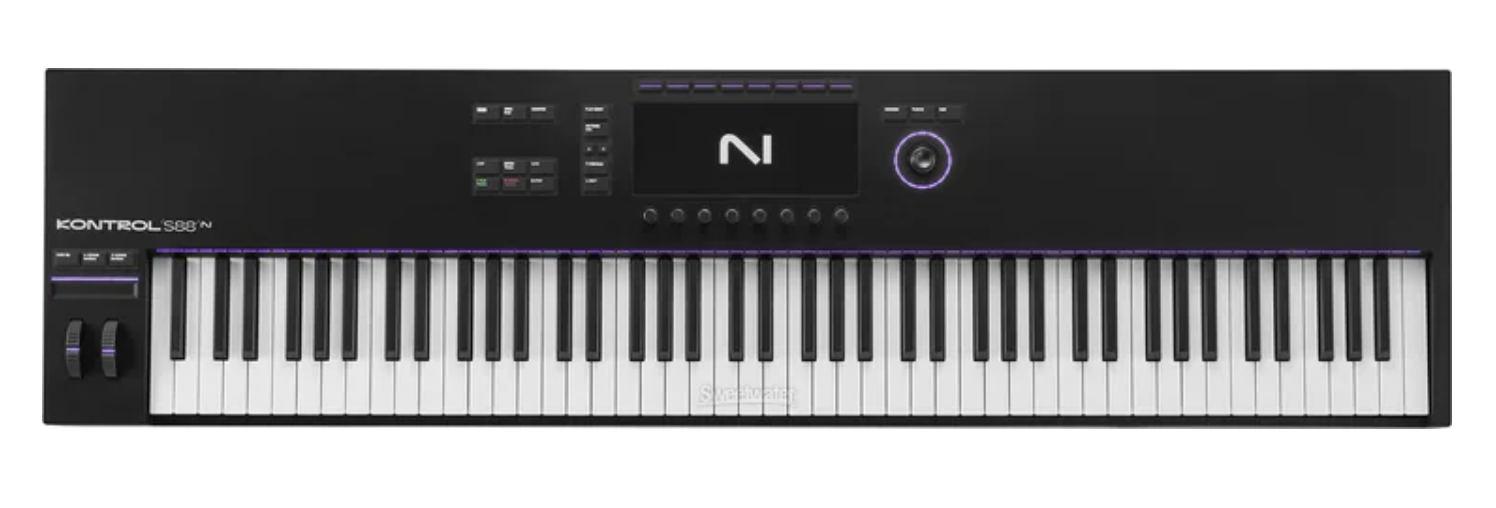
Notable features include:
- Aftertouch
- Hammer-weighted keys
- Seamless integration with both NI Komplete and NI Maschine software
- 2 high-res color screens
- 4-directional push encoder for one-handed sound browsing and project navigation
- MIDI DIN In/Out (in addition to USB MIDI connection)
Non-Keyboard MIDI Controllers
MIDI controllers come in all shapes and sizes, with many of them not containing a piano keyboard at all. While keyboard controllers are more common, non-keyboard controllers are also widely used in a variety of situations. Since MIDI controller design isn’t nearly as restrictive as design of a traditional instrument, you will also find MIDI controllers on the market (and some custom made) that don’t fall into any of the categories below.
Instrument-Modeled Controllers
While keyboard controllers use a piano-style keyboard for note input, there are other types of controllers that simulate other real life instruments. For example, there are:
- Drum set controllers, such as the Roland V-Drums series. These are often referred to as electronic drum sets, and can be used without a computer as a performance or practice tool. With that said, you can send the MIDI signal from the controller to your computer (or synthesizer) in order to trigger alternate sounds, including non-drum sounds.
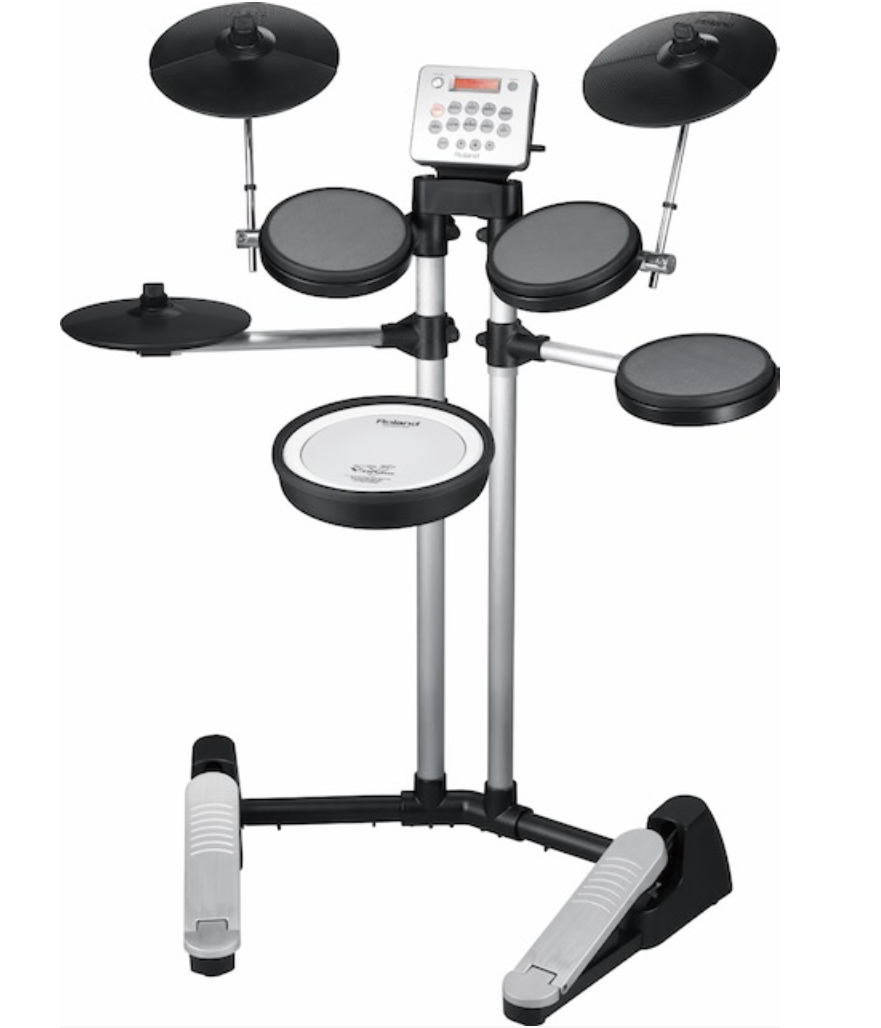
- Wind controllers, such as the Akai Professional EWI.

- Guitar controllers, such as the Godin xtSA Multi-Voice Electric Guitar. It’s worth noting this, and other MIDI capable guitars, have all the functions of a normal electric guitar, but are also MIDI controllers. Alternatively, any guitar can be converted to a MIDI controller with the use of a divided pickup (a device that can transmit the pitch of each individual string independently of the other strings), such as the Roland GK-3 Pickup.
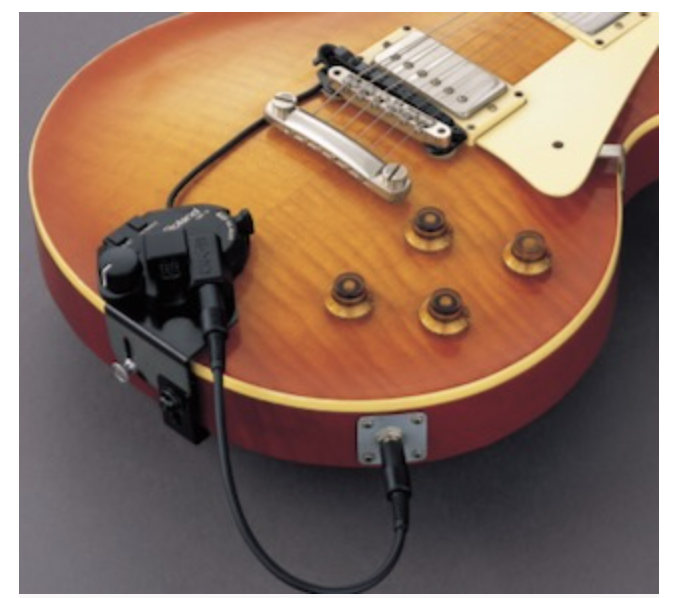
MIDI Pad Controllers
Pad controllers feature pads that are most often used for playing drum or percussion parts, but can be used for any kind of note entry. They often have similar features to a more robust keyboard controller, such as buttons, knobs, and faders, just without the keys. A good example of a pad controller is the Akai Professional MPD226.
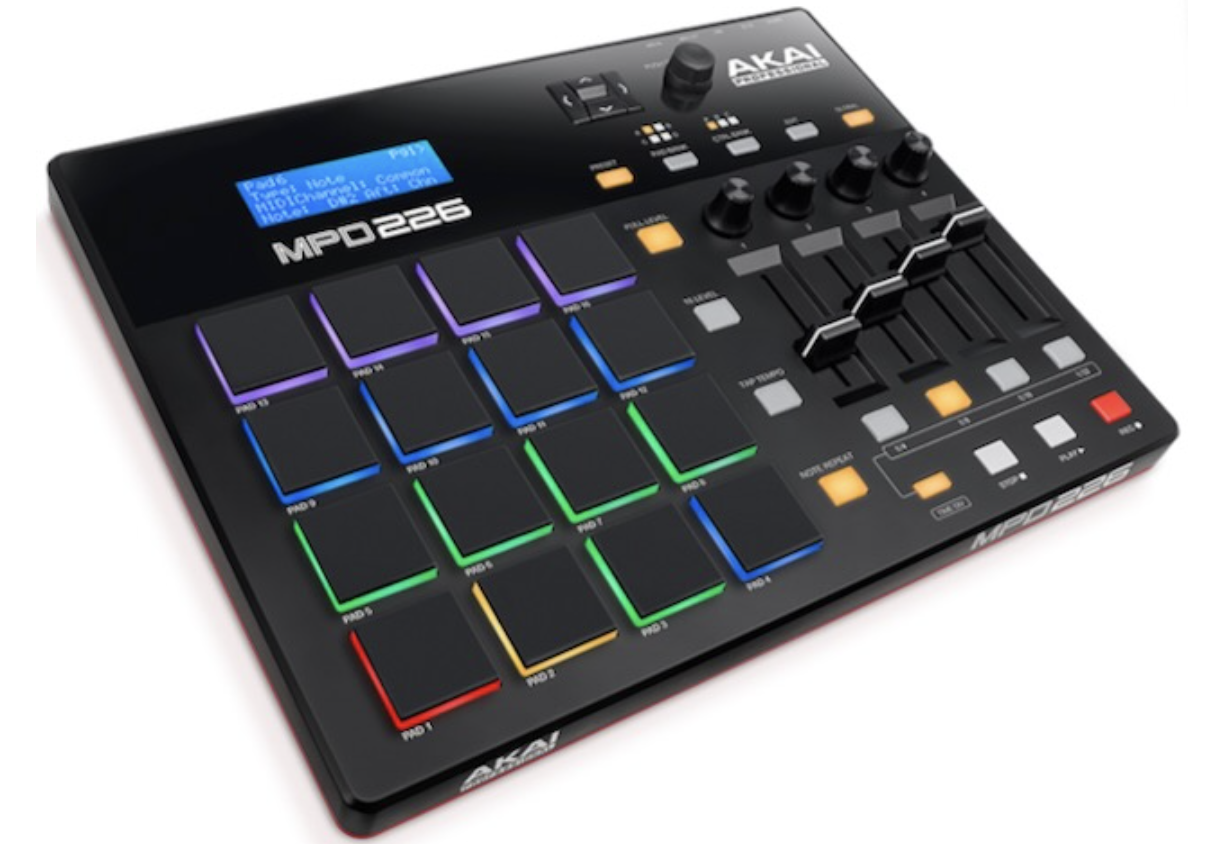
DJ Controllers with MIDI
DJ controllers simulate some or all of the functions of a traditional two-turntable or two-disc DJ rig. Often these are optimized for a particular software, such as the Traktor Kontrol series with the Traktor Pro software, or the Pioneer DJ series with the Serato DJ Pro software. Therefore, while these types of controllers excel at their intended function, they are less versatile compared to most other MIDI controllers. That said, what Traktor software lacks in MIDI versatility, it makes up for in functionality that is appealing to aspiring DJs; so much so that we even developed a Learn to DJ with Traktor course with DJ Mike Henderson.
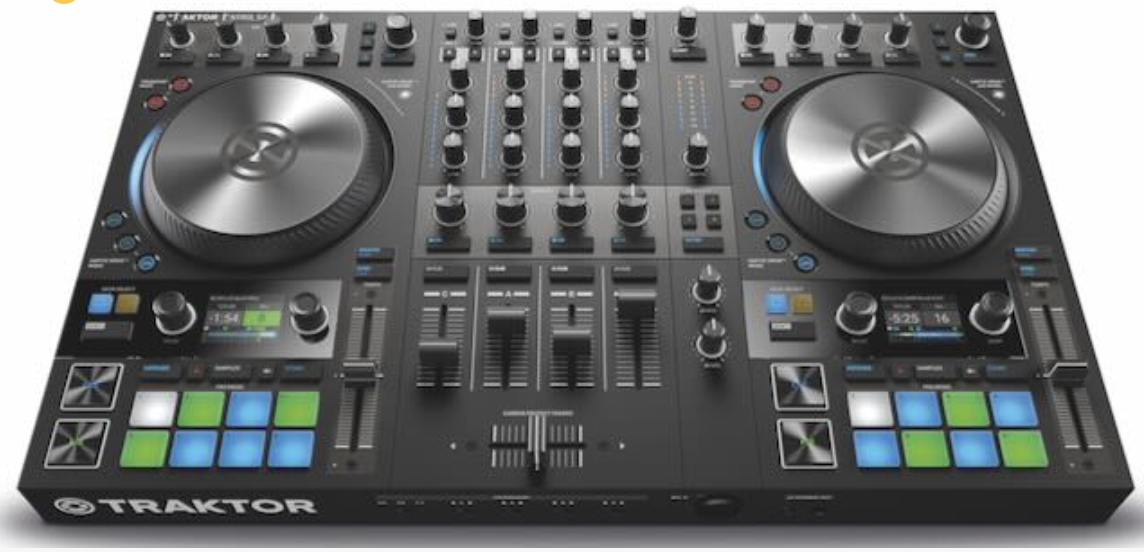
MIDI Foot Controllers
Foot controllers—such as the Behringer FCB1010—allow users to transmit MIDI information hands-free, making them very popular among performing musicians, specifically guitar and keyboard players. They are used for anything from switching effects, launching clips or scenes, controlling a looper, etc. A limitation of foot controllers is that they generally contain switches or buttons only, and do not include knobs or faders.
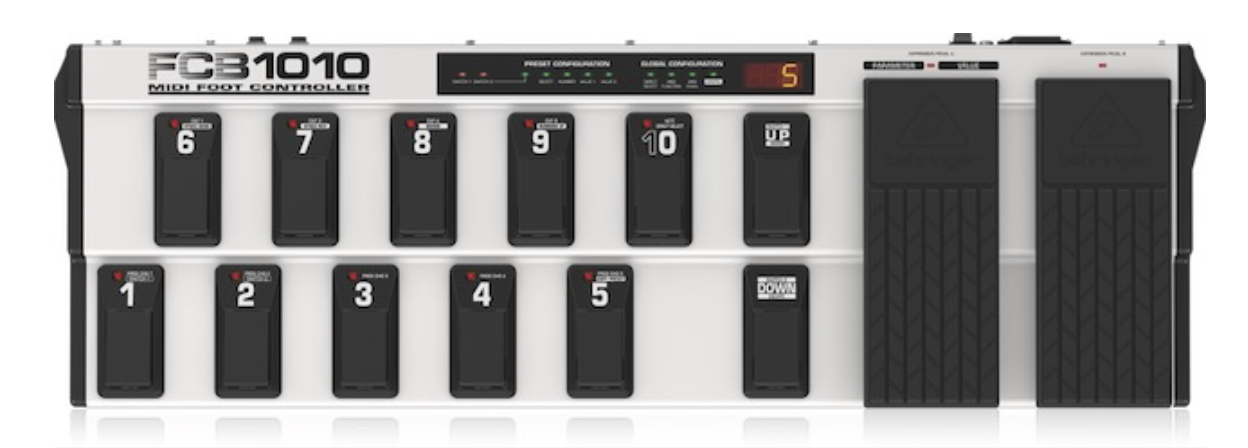
Ableton Live Controllers
There are a number of controllers that are designed specifically for use with Ableton Live, such as the Ableton Push series, the Akai Professional APC series, and the Novation Launchpad series. While it’s possible to use these controllers with other software, it’s not ideal, as much of the default functionality will not be unavailable and setup may be cumbersome. However, if you are using Ableton, any of these options can be a great choice, as they offer both fantastic default functionality and the ability to customize the functions on the controller to suit the user. Berklee Online offers several courses on Ableton.
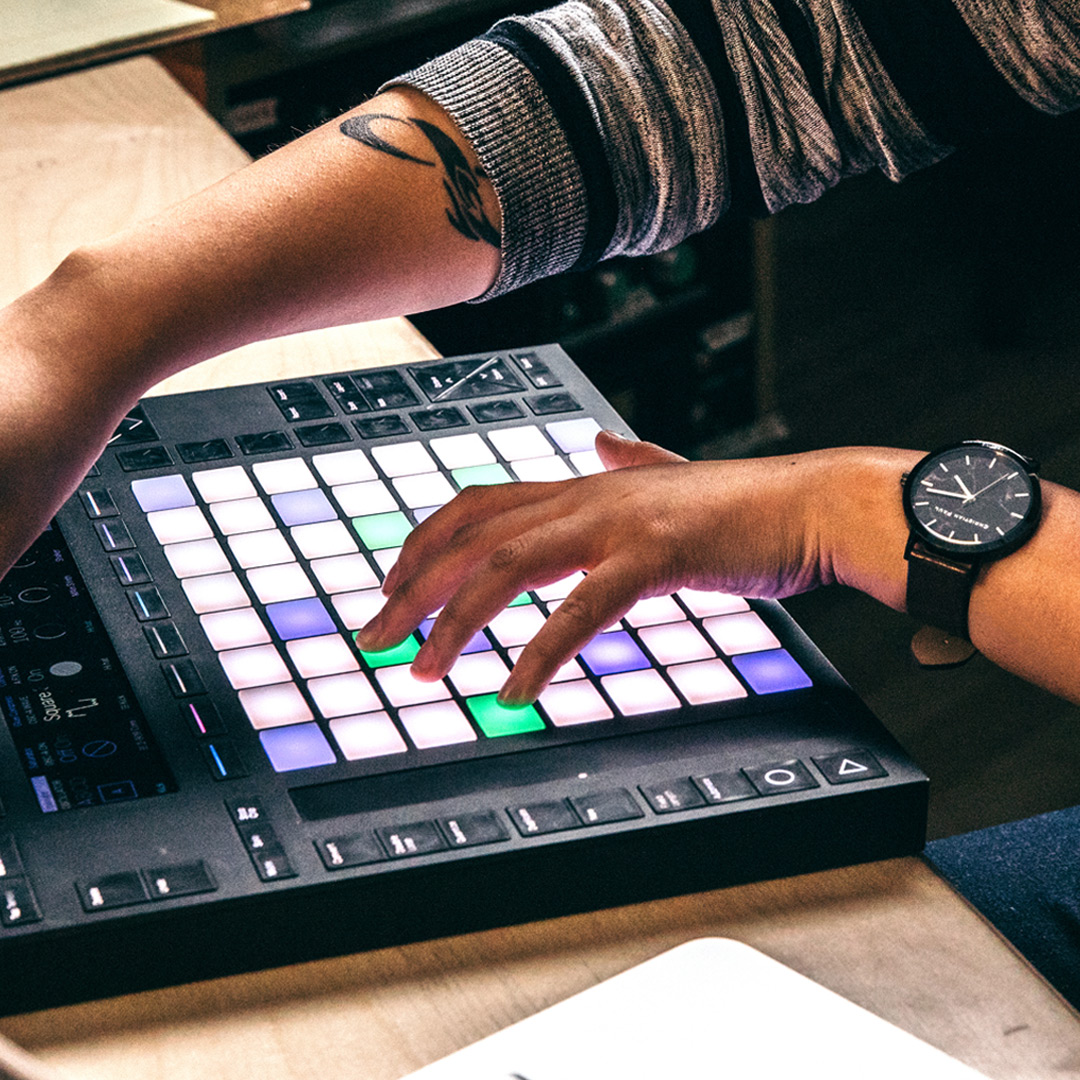
Berklee Online Support Staff on Their Non-Keyboard MIDI Controller Picks
Foot Controllers
ActitioN is a small company that makes four-, eight-, and 12-button customizable foot controllers. The eight-button model is great balance of functionality and cost. Notable features include:
- USB and MIDI DIN connections
- TRS connection (to connect expression pedal)
- Ability to switch button functionality between CC (control change) and PC (program change) messages
- LED indicators for each button
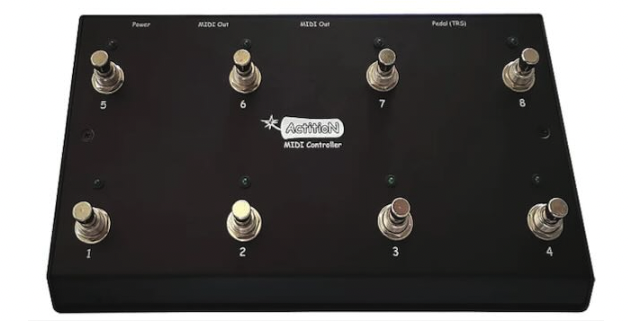
Ableton Live Controllers
The Ableton Push 3 is the newest version of the Push series, though all three versions are great options for Ableton users. Push users can perform almost all functions of the software without ever looking at the computer screen, which makes them a popular controller for both producers and performers using Ableton. It’s worth noting that the Push 3 comes in both a standalone edition (which doesn’t require a computer), as well as the more traditional MIDI controller version. The previous versions of the Push do not have standalone options. Notable features include:
- 64 velocity sensitive, RGB pads
- 11 knobs
- Pads can control notes, session view, step sequencer, or a combination of the step sequencer and notes
- Color Screen (not available on Push 1)
- 2 expression pedal inputs
- Touch slider for expression control
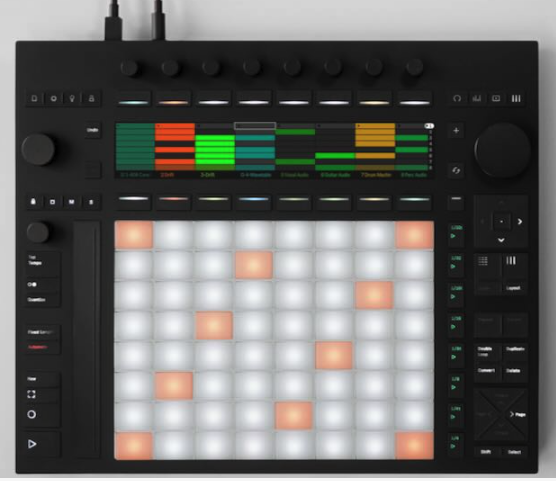
Another great choice for Ableton users is the Akai Professional APC40 mkII. While the APC40 does not include functionality for playing notes, it still excels at controlling the session view of Ableton, and really is a great choice, especially when supplemented with a keyboard controller for note entry. Notable features include:
- Control of 8 tracks (and the master track) at one time
- Record Enable, Solo, Mute, Fader Assign, and clip stop buttons for each track
- Volume fader for each track
- 5-clip launch buttons for each track
- 16 assignable knobs
- Crossfader
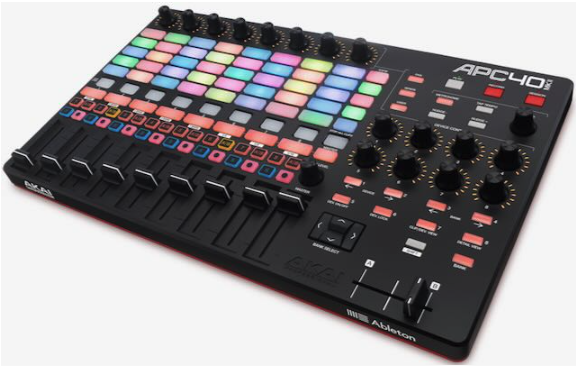
MIDI controllers are indispensable tools in music production, and can be advantageous to include your live setup. They bridge creativity and technology through their evolution from traditional cables to modern USB connectivity. Beyond note input, they empower artists to sculpt sound and manipulate compositions.
With considerations like key count, connectivity, and features, the options we have featured here cater to diverse needs. Expanding beyond keyboards, non-traditional MIDI controllers transform drums, wind instruments, guitars, and DJ rigs into creative instruments, amplifying musical expression. This diverse landscape offers artists an expansive range of tools, bridging imagination and realization in music creation.





